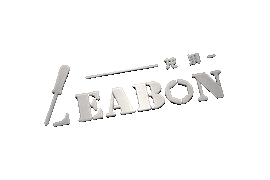Woodworking Accessories Tips
Improve the comprehensive effect of edge banding machine
As one of the key equipment for panel furniture processing, the edge banding machine has a complex structure and numerous processes. Once the edge banding fails, it will lead to secondary repairs or even scrapping of the panel. Therefore, for panel custom furniture companies, it is necessary to improve the edge banding machine. Performance and reducing downtime are of great significance to improving production line efficiency.
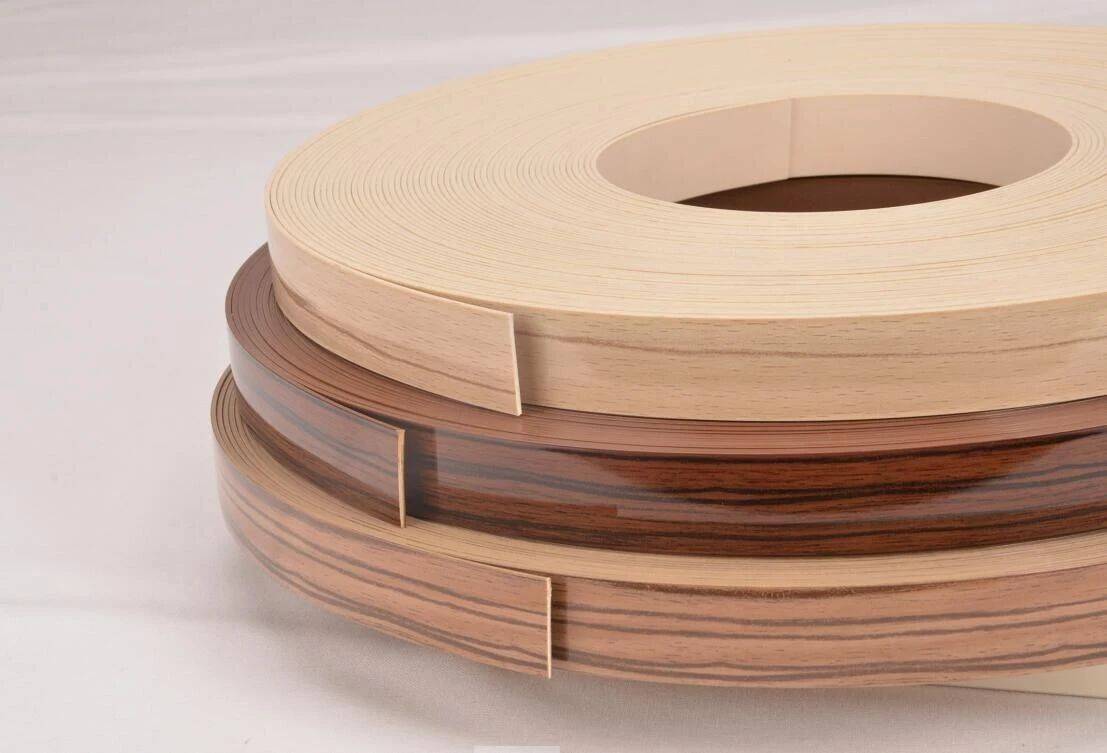
01 The main reasons for the shutdown of edge banding machine equipment
Production equipment is one of the core elements of a panel custom furniture company. The company’s management and maintenance level of equipment is not only related to product quality and production efficiency, but also directly affects production costs. Edge banding is an important process for boards. When the edge banding machine fails, it will lead to quality problems such as edge chipping, degumming, and broken corners of the product, which will require shutdown maintenance.
The main reasons for the shutdown of edge banding machine equipment include: equipment failure, machine change and equipment short-term shutdown, etc.
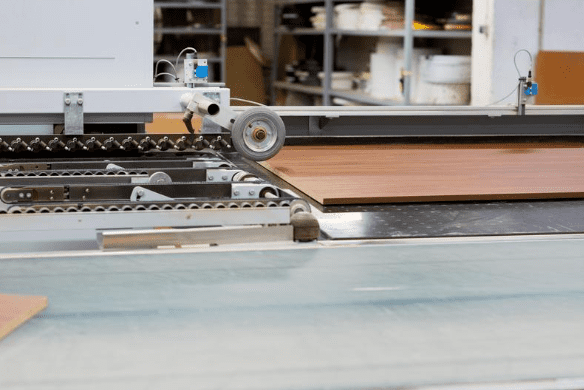
02 Downtime problem analysis and improvement suggestions
02-1 Equipment failure and shutdown problem
Equipment failure will not only cause low production efficiency, but also cause a waste of financial, human and material resources in the maintenance process. At the same time, emergency repair is also a link that is prone to and has a high incidence of industrial accidents, which brings great harm to safe production. Most of the malfunctions and shutdowns of the edge banding line are caused by the long-term accumulation of small problems that are not dealt with in time, such as loose screws of equipment parts, oil leakage, abnormal noise, etc.
Therefore, enterprises need to standardize inspection systems and standards, strengthen awareness of equipment inspection and maintenance, detect and solve problems in a timely manner, and prevent downtime caused by the deterioration of minor equipment problems.
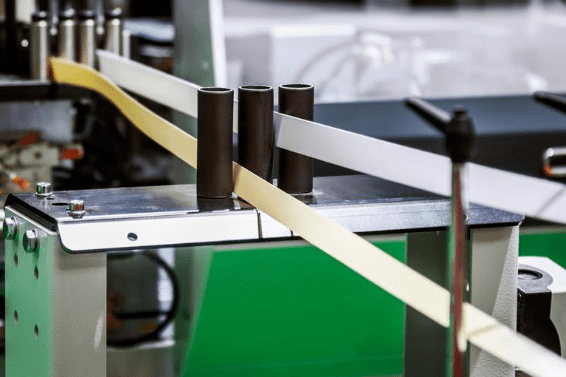
02-2 Problems with model change and machine adjustment
Model change and machine adjustment mainly include the time spent on equipment replacement of parts and materials, machine adjustment due to quality issues, and machine cleaning. Machine adjustment due to quality issues is the item that takes the longest time. In the production process, companies often adopt a “post-inspection” production method, that is, when quality inspectors find that the edge sealing of the panel is unqualified, they immediately stop the machine for inspection. This is not only time-consuming and labor-intensive, but also has a complex mechanical structure of the edge-sealing equipment, affecting quality There are many factors, and it is difficult for operators to quickly identify problems and make adjustments based on experience.
Therefore, companies should increase their awareness of preventive maintenance, replace tools regularly, pay attention to employee skill training, and reduce the number of downtime caused by quality problems.
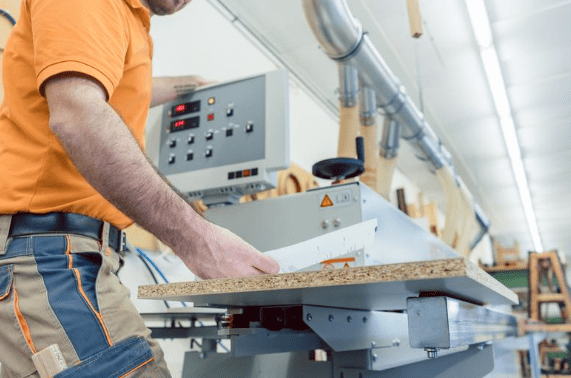
02-3 The problem of short equipment shutdown
Short shutdowns refer to frequent shutdowns during production due to some abnormal circumstances, but production can be temporarily resumed through simple operations by professionals. Blockages during production and transportation, incorrect positioning of panels, unqualified quality of incoming materials, and failure to automatically switch materials , employee operating errors, etc. are the main reasons for short-term downtime.
Therefore, if enterprises want to solve the problem of short-term shutdown, they need to find repetitive equipment failures and their causes, screen the conditions for failure, and find the root causes. Equipment operators must keep records of equipment short-term shutdowns.
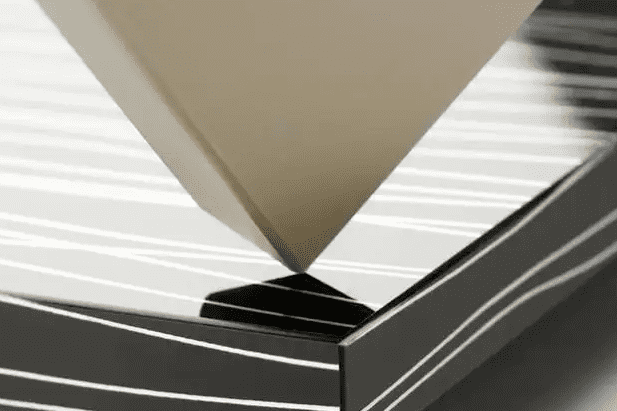
03 Summary
There are various reasons why the comprehensive production efficiency of edge banding machine equipment is not high. In addition to replacing edge banding equipment with higher performance and higher efficiency, companies can also economically improve production line efficiency by strengthening equipment management levels.
